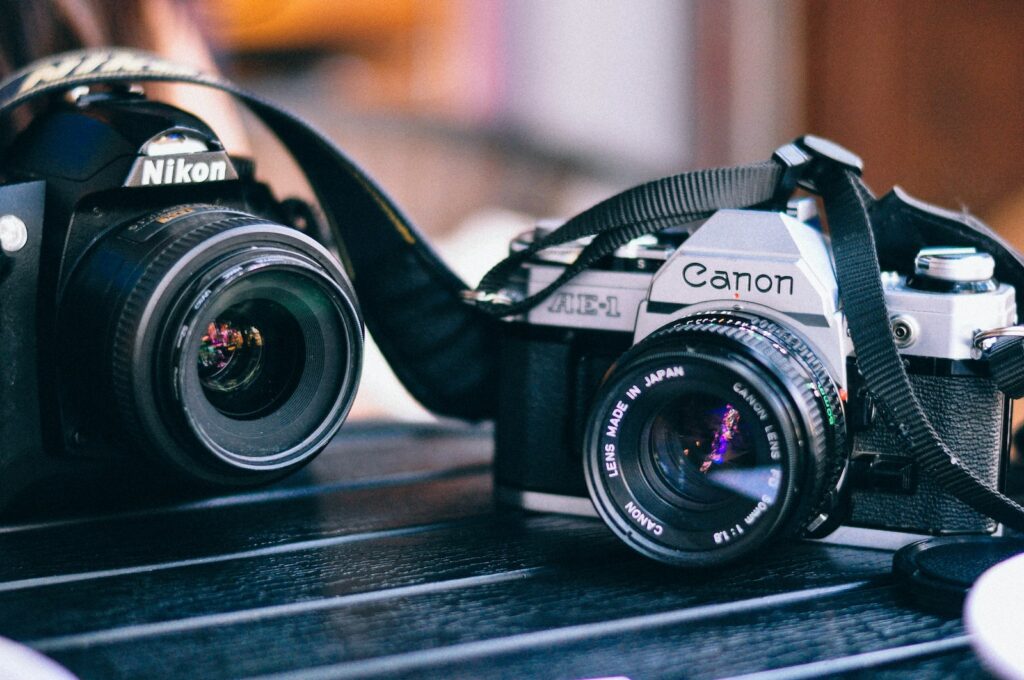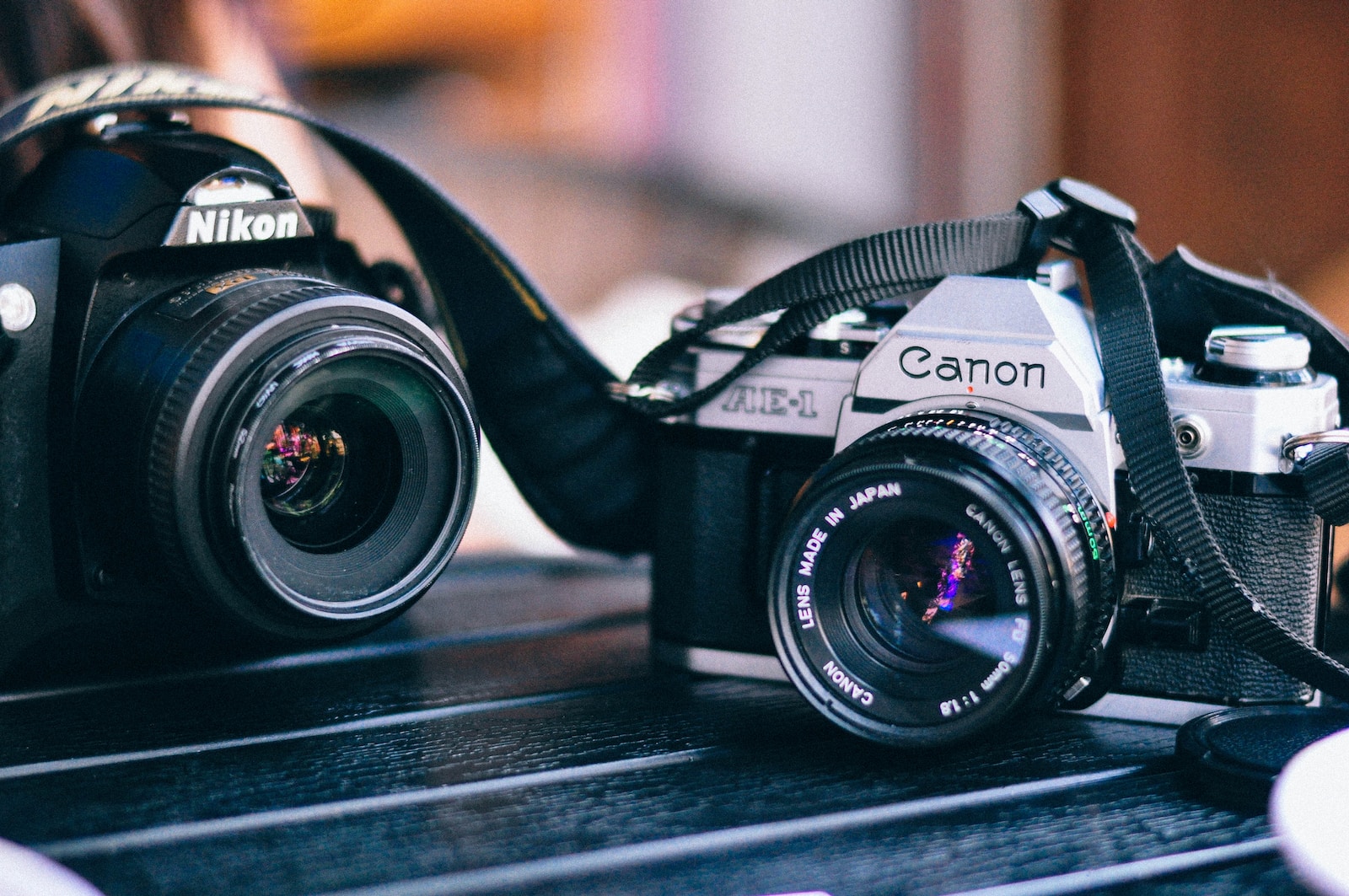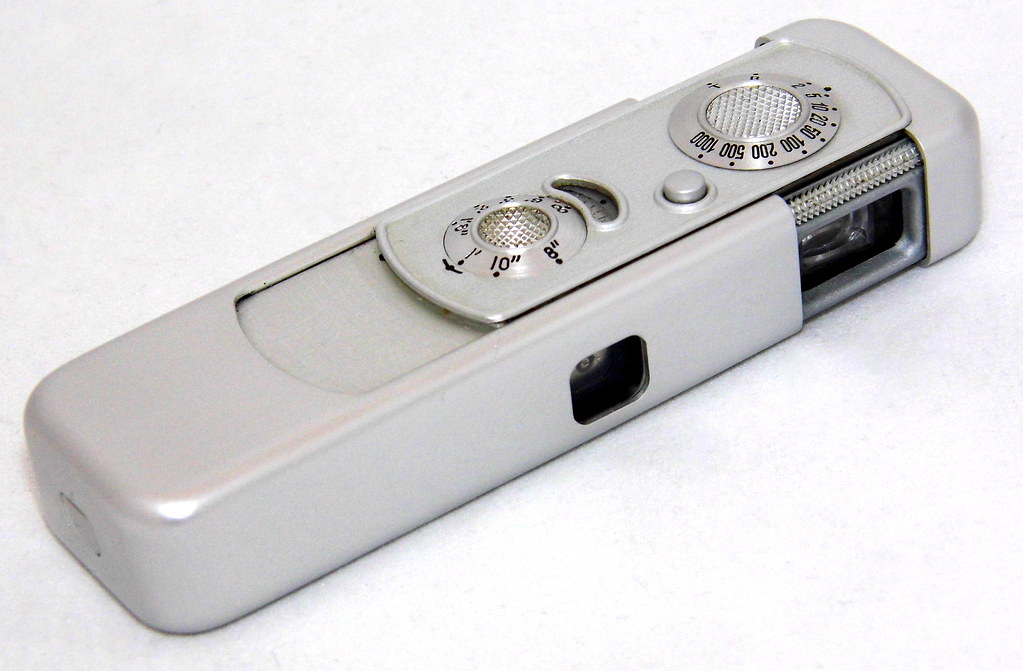Welcome to our historical journey into the evolution of rangefinder cameras. Grab your magnifying glasses and join us as we delve into the fascinating history of these remarkable cameras and explore how they have transformed over the years. From their humble beginnings to their modern-day advancements, we’ll uncover the captivating story behind these innovative devices.
Table of Contents
- A Brief Introduction to Rangefinder Cameras
- The Future: Innovations and Expectations
- The Early Years: The Birth of Rangefinder Cameras
- Frequently Asked Questions
- 1. What are Rangefinder Cameras?
- 2. How do Rangefinder Cameras work?
- 3. What is the history of Rangefinder Cameras?
- 4. What are the advantages of using Rangefinder Cameras?
- 5. How have Rangefinder Cameras evolved over the years?
- 6. Are Rangefinder Cameras still popular today?
- 7. Can rangefinder cameras be used for professional photography?
- 8. Which famous photographers have used Rangefinder Cameras?
- 9. What are some popular models of Rangefinder Cameras?
- 10. Where can I buy Rangefinder Cameras?
- Wrap Up
A Brief Introduction to Rangefinder Cameras
Rangefinder cameras emerged in the early 20th century as an alternative to bulky and complex viewfinder cameras. They provided photographers with a more portable and user-friendly option for capturing images. The first commercially successful rangefinder camera, the Contax I, was introduced in 1932 by Zeiss Ikon. This groundbreaking device revolutionized the photography world, setting the stage for a wave of future developments.
Advancements in Rangefinder Technology
Over the years, rangefinder cameras have undergone significant technological advancements. One notable milestone was the introduction of coupled rangefinder focusing systems, which allowed photographers to accurately measure distances to their subjects with precision.
Inclusion of Light Meters
Another crucial development in rangefinder camera evolution was the integration of light meters. This feature eliminated the need for photographers to rely on external exposure meters, making the cameras more convenient and efficient.
Interesting Fact: Did you know that the Leica M3, released in 1954, is often considered one of the greatest rangefinder cameras of all time?
Shift from Film to Digital
In the digital era, rangefinder cameras faced a significant shift from film to digital technology. This transition allowed photographers to instantly review and retake photos, opening up new creative possibilities.
Modern Rangefinder Cameras
Today, rangefinder cameras continue to be popular among photography enthusiasts and professionals alike. With advancements in technology, these cameras now boast features such as high-resolution sensors, improved autofocus systems, and advanced connectivity options.
The Future: Innovations and Expectations
Integration of Artificial Intelligence
As technology evolves, we can expect to see rangefinder cameras embracing artificial intelligence. This could lead to advancements in autofocus capabilities, automatic scene recognition, and intelligent exposure adjustments.
Enhanced Connectivity and Sharing
Future rangefinder cameras are likely to incorporate seamless connectivity options, making it easier than ever to transfer and share images instantly. Built-in Wi-Fi or Bluetooth functionality could enable direct uploads to social media platforms or cloud storage.
Improved Low-Light Performance
Low-light photography has always been a challenge for rangefinder cameras due to their optical design. However, ongoing research and technological innovations may lead to improved performance in low-light conditions, making them more versatile for various shooting scenarios.
Miniaturization and Lightweight Design
With advancements in miniaturization and lightweight materials, future rangefinder cameras may become even more compact and portable, without compromising image quality or functionality.
The evolution of rangefinder cameras has been a remarkable journey, constantly adapting to meet the changing needs and expectations of photographers. From their humble beginnings to the extraordinary advancements of today, these cameras have played a significant role in shaping the art of photography. As technology continues to progress, we eagerly anticipate the future innovations that will further refine these extraordinary devices.
The Early Years: The Birth of Rangefinder Cameras
In order to understand the challenges faced throughout the evolution of rangefinder cameras, we must first delve into their origins. Rangefinder cameras have a rich history that dates back to the late 19th century. With their simplistic design and precise focus mechanism, they quickly gained popularity among professional photographers and enthusiasts alike.
However, the path to perfection was not without its obstacles. Manufacturers faced numerous challenges in terms of design, functionality, and user experience. One of the main hurdles was the accuracy of rangefinders – achieving precise focus at different distances was a constant struggle.
The Technological Advancements: Overcoming Focus Limitations
As technology advanced, rangefinder cameras underwent significant changes to overcome their focus limitations. Manufacturers introduced innovative solutions, such as coupling the rangefinder mechanism directly to the lens. This improvement allowed photographers to achieve extremely precise focus, even at the closest distances.
However, while this development improved focusing accuracy, it introduced a new challenge. The introduction of interchangeable lens systems meant that photographers had to recalibrate the rangefinder mechanism each time they switched lenses. This could be time-consuming and inconvenient, especially in fast-paced photography scenarios.
The Transition to Integrated Systems: A Game-Changer
In the quest for more efficient and user-friendly solutions, rangefinder cameras eventually transitioned to integrated systems. This brought about a monumental shift in the industry and significantly improved the overall user experience. With these new integrated systems, photographers no longer had to manually recalibrate the rangefinder mechanism when changing lenses.
Another challenge that arose during this transition was the compatibility between different camera brands. Each manufacturer had its own unique system, which often prevented photographers from using their preferred lenses on a different camera body. However, innovation once again prevailed, and standardized mount systems were introduced, enabling greater flexibility and lens compatibility.
The Modern Era: Digital Rangefinder Cameras
The evolution of rangefinder cameras did not end with the transition to integrated systems. With the advent of digital technology, rangefinder cameras became even more versatile. Digital sensors and advanced autofocus systems now offer precise focus and improved image quality.
However, this technological advancement also presented a set of challenges. Incorporating digital components into the classic rangefinder design required careful engineering and design considerations. Maintaining the balance between traditional aesthetics and modern functionalities was crucial in preserving the rangefinder experience.
A Continuous Journey: The Future of Rangefinder Cameras
The evolution of rangefinder cameras is an ongoing process. Manufacturers continuously strive to overcome new challenges and push the boundaries of what is possible. From improvements in autofocus speed to advancements in sensor technology, the future of rangefinder cameras looks promising.

As we look back on the historical journey of rangefinder cameras, we can appreciate the tremendous efforts made to overcome various challenges. From the initial struggle for precise focus to the compatibility issues of interchangeable lenses, the evolution of rangefinder cameras is a testament to human ingenuity and dedication to improving photography technology.
Frequently Asked Questions
1. What are Rangefinder Cameras?
Rangefinder cameras are a type of camera that uses a rangefinder mechanism for focusing and framing the image.
2. How do Rangefinder Cameras work?
Rangefinder cameras utilize a dual-image rangefinder system to measure the distance between the camera and the subject. This allows for accurate focusing.
3. What is the history of Rangefinder Cameras?
Rangefinder cameras have a rich history that dates back to the early 20th century. They were initially developed for military purposes but later gained popularity among photographers.
4. What are the advantages of using Rangefinder Cameras?
Rangefinder cameras offer several advantages, including compact size, quiet operation, and the ability to capture candid shots with precision.
5. How have Rangefinder Cameras evolved over the years?
Over the years, rangefinder cameras have undergone significant technological advancements, including the introduction of automatic exposure, interchangeable lenses, and improved focusing mechanisms.
6. Are Rangefinder Cameras still popular today?
While the advent of digital photography has led to a decline in the popularity of rangefinder cameras, they still have a dedicated following among photography enthusiasts and professionals.
7. Can rangefinder cameras be used for professional photography?
Absolutely! Rangefinder cameras have been used by renowned photographers throughout history and continue to be utilized in professional photography for their unique features and capabilities.
8. Which famous photographers have used Rangefinder Cameras?
Several legendary photographers, such as Henri Cartier-Bresson, Robert Capa, and Sebastião Salgado, have used rangefinder cameras to capture iconic images.
9. What are some popular models of Rangefinder Cameras?
Leica M series, Fujifilm X-Pro series, and Voigtlander Bessa series are some popular models of rangefinder cameras available in the market.
10. Where can I buy Rangefinder Cameras?
Rangefinder cameras can be purchased from camera specialty stores, online marketplaces, and authorized dealers of respective brands.
Wrap Up
Throughout history, rangefinder cameras have undergone a fascinating evolution, transforming from simple mechanical devices to advanced digital tools. From their humble beginnings in the early 20th century, they have revolutionized the world of photography and continue to be cherished by enthusiasts and professionals alike.
As we’ve explored the history and evolution of rangefinder cameras, it’s evident that these remarkable devices have stood the test of time and continue to be valued for their unique qualities. Whether you’re an avid rangefinder user or simply curious about their story, we hope this blog has provided you with an informative and engaging journey.
We encourage you to share your thoughts, experiences, and questions in the comments section below. Let’s keep the conversation going!



